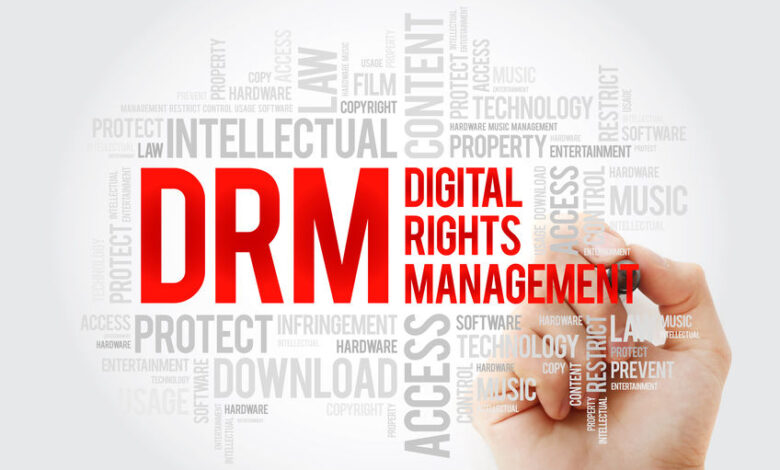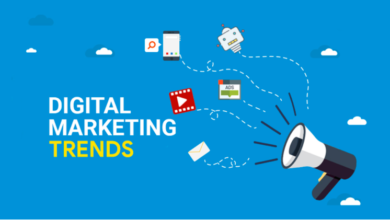Alternatives to DRM and Anti-Piracy Measures: Pros and Cons of Watermarking, Encryption, and Other Methods
Alternatives to DRM and Anti-Piracy Measures: Pros and Cons of Watermarking, Encryption, and Other Methods

Digital Rights Management (DRM) and anti-piracy measures are not without their drawbacks. While they are essential tools for protecting digital content from piracy and illegal distribution, they can also limit the flexibility and user experience of the content. In this article, we will discuss some alternatives to DRM and anti-piracy measures and the pros and cons of each method.
- Creative Commons License
Creative Commons License is a free license that allows content creators to share their work with others while still maintaining their copyright. There are several types of Creative Commons Licenses, which allow varying levels of sharing and modification of the content. This method allows content creators to maintain control of their content while still allowing others to share and use it.
Pros: Allows content creators to share their work with others while still maintaining their copyright. Provides flexibility in terms of how the content can be used and shared.
Cons: Does not provide full protection against piracy and illegal distribution. Content can still be shared and modified without the consent of the creator.
- Trusted Platform Module (TPM)
Trusted Platform Module (TPM) is a hardware-based security solution that provides a secure environment for storing and processing digital content. It can be used to protect content from piracy and illegal distribution by preventing unauthorized access to the content. TPM works by creating a secure area within a device that is isolated from the rest of the system, making it difficult for hackers to access the content.
Pros: Provides a high level of security for digital content. Prevents unauthorized access to the content.
Cons: Requires specialized hardware to function. Can be expensive to implement.
- Digital Watermarking
Digital Watermarking is a method for embedding a unique identifier into digital content, making it possible to track the source of pirated content. This method can be used to deter potential pirates and identify the source of pirated content.
Pros: Can be effective in deterring piracy and identifying the source of pirated content.
Cons: Can be expensive to implement. Does not provide full protection against piracy and illegal distribution.
- Blockchain Technology
Blockchain Technology is a decentralized, secure ledger that can be used to protect digital content from piracy and illegal distribution. Blockchain Technology works by creating a secure and tamper-proof record of all transactions related to the content. This method can be used to verify the ownership of the content and prevent unauthorized access to the content.
Pros: Provides a high level of security for digital content. Provides a tamper-proof record of all transactions related to the content.
Cons: Can be expensive to implement. Requires specialized knowledge to implement and manage.
In conclusion, while DRM and anti-piracy measures are essential tools for protecting digital content, there are alternatives available that provide more flexibility and user experience. Creative Commons License, Trusted Platform Module (TPM), Digital Watermarking, and Blockchain Technology are just a few of the alternatives available. Each method has its pros and cons, and content creators should carefully consider their options before choosing a method that best suits their needs.




Your article helped me a lot, is there any more related content? Thanks!